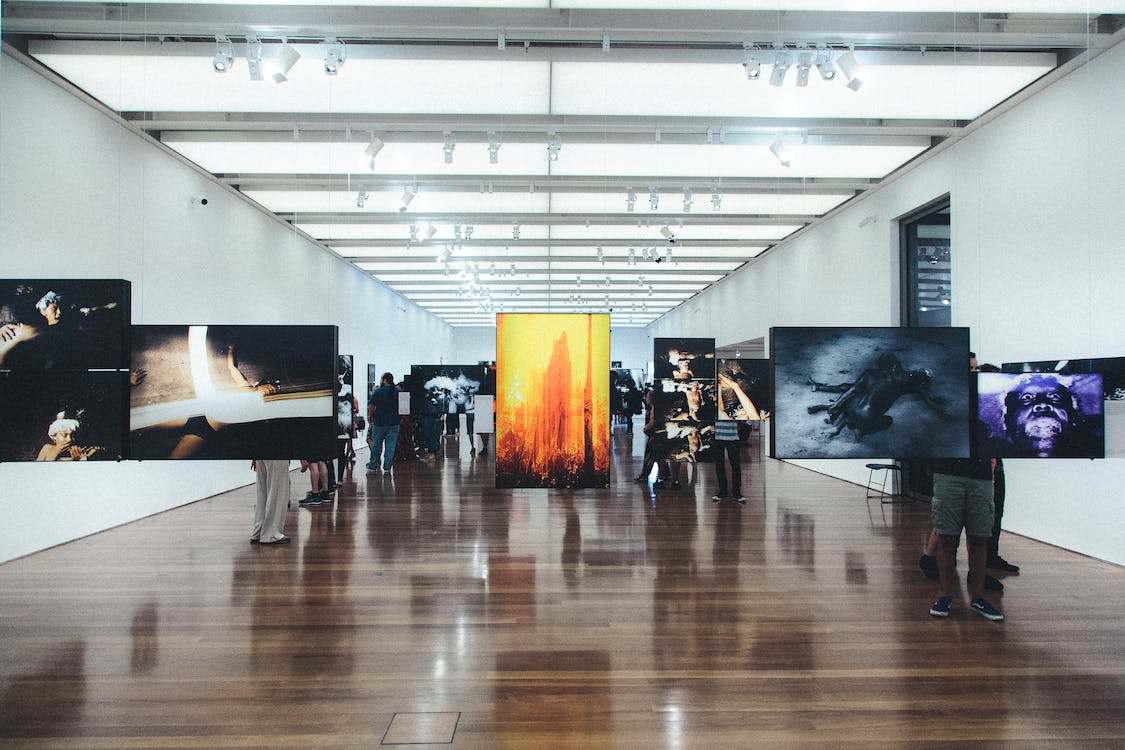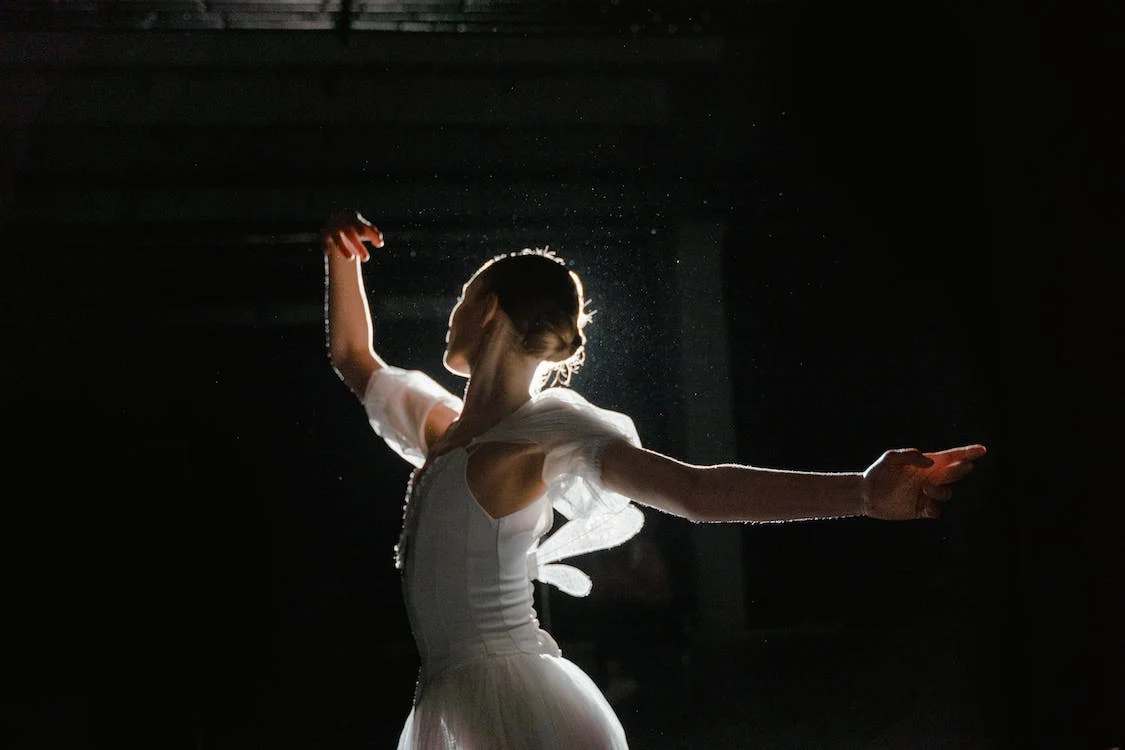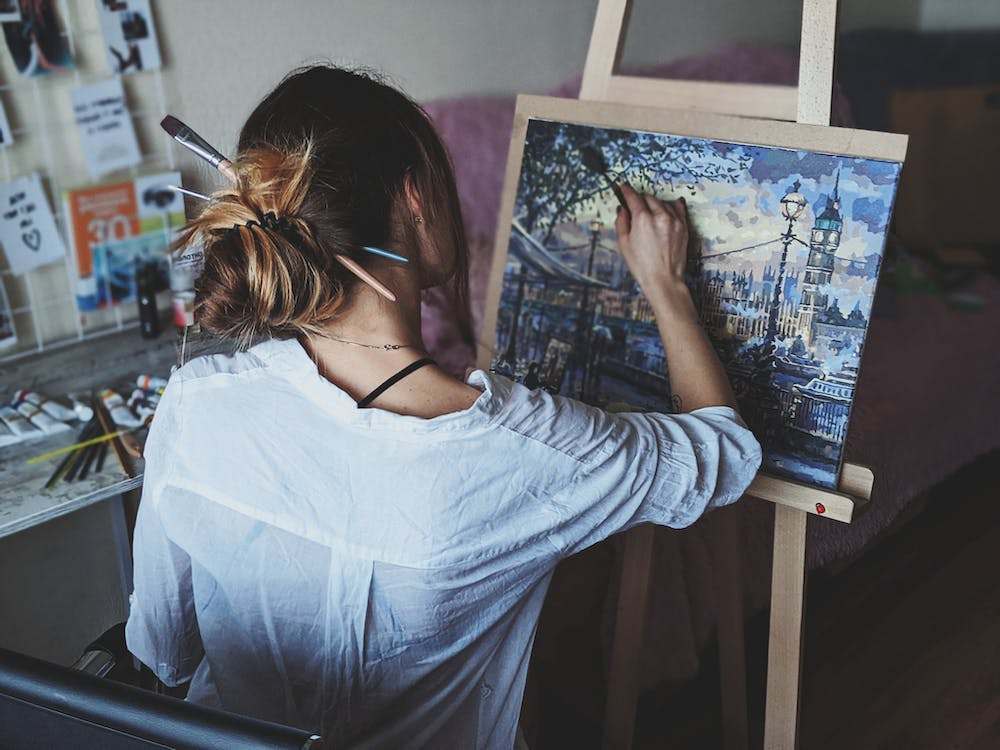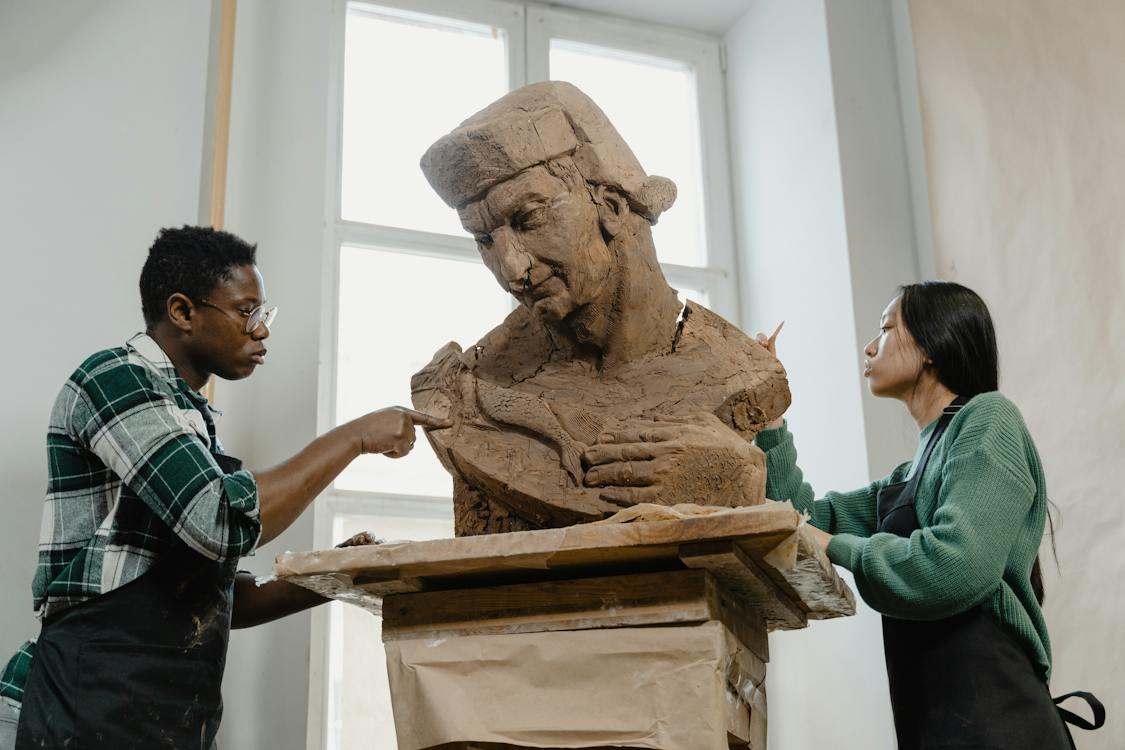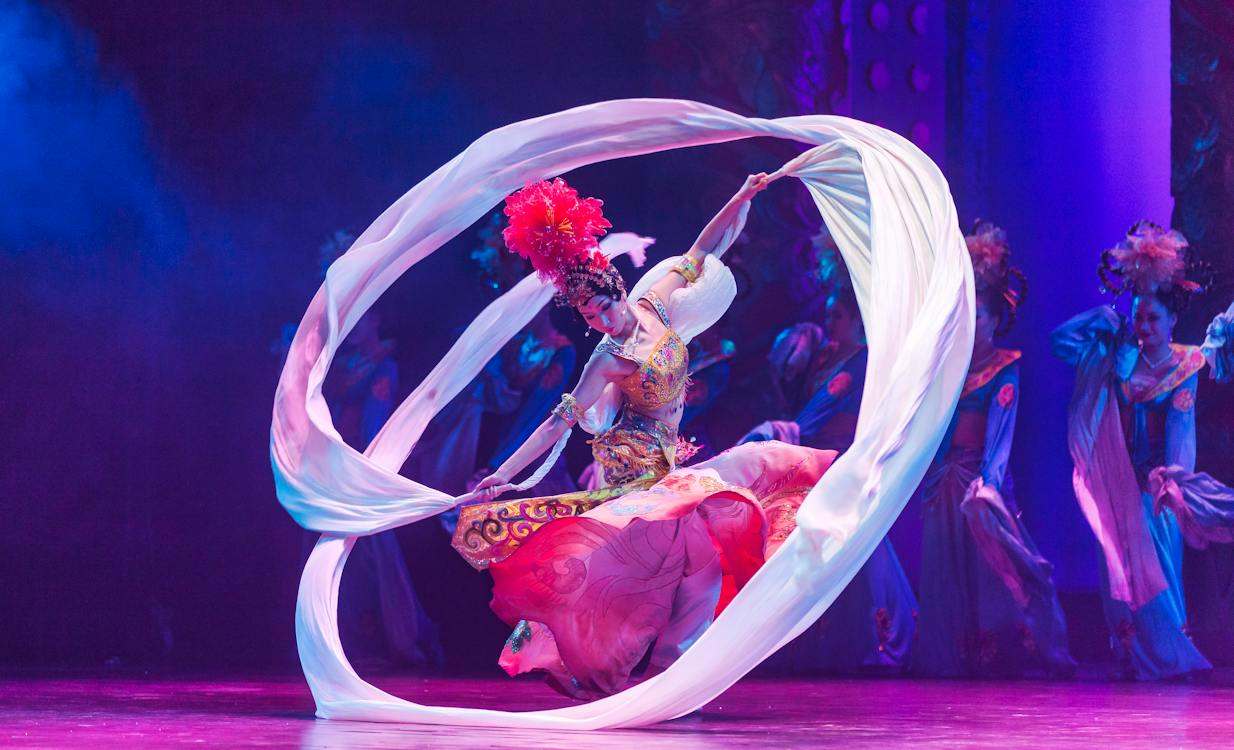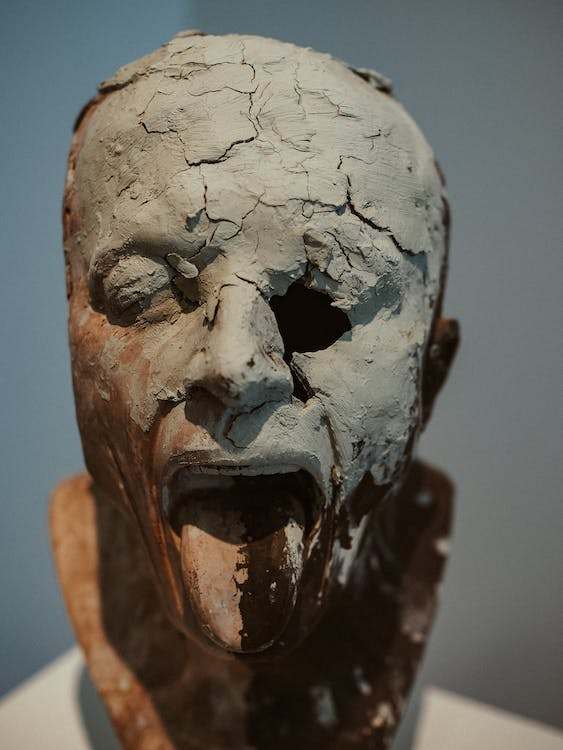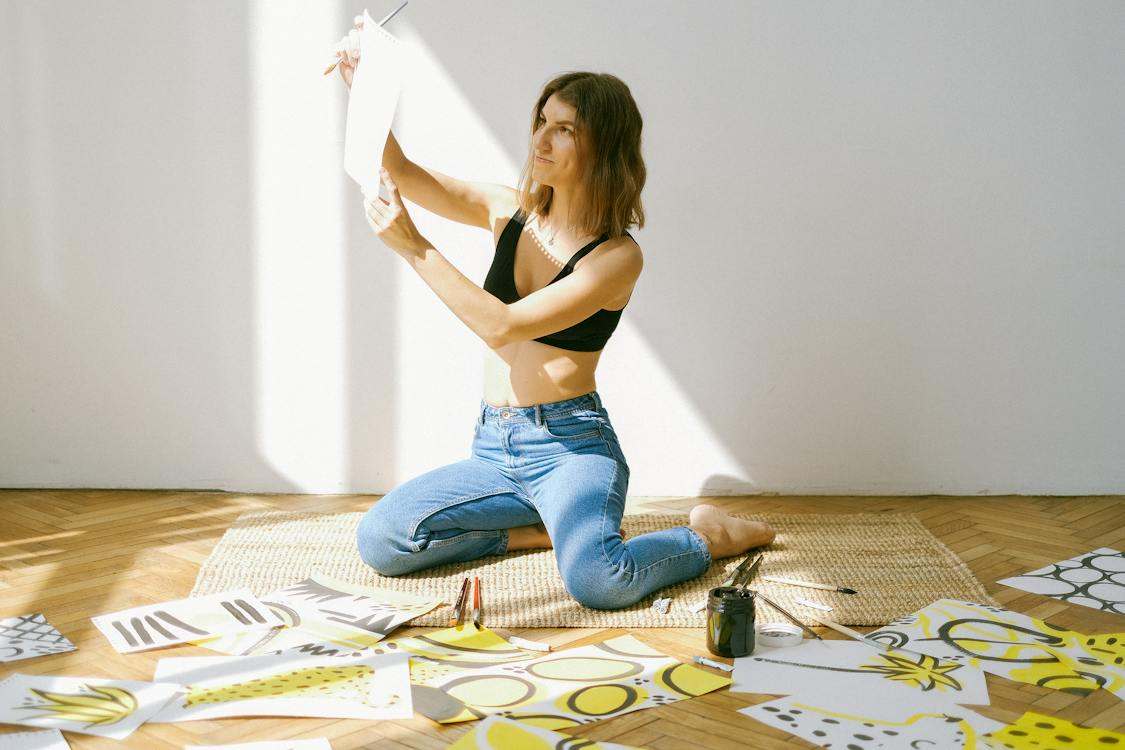Art, as a mirror reflecting the human experience, exists in a dual realm, offering both benefits and challenges to society. In exploring the intricate interplay between the advantages and disadvantages of art, we embark on a nuanced journey to understand the multifaceted impact this creative expression has on individuals and communities alike.
On one hand, art serves as a powerful catalyst for personal and societal transformation. It has the ability to inspire, provoke thought, and evoke emotions that transcend linguistic barriers. The therapeutic nature of art provides a means of self-expression, offering solace and healing to individuals navigating the complexities of life. However, this artistic power is not without its pitfalls. Moreover, the pursuit of artistic expression may at times clash with societal norms, challenging established conventions and sparking controversy.
This exploration aims to strike a delicate balance, shedding light on the dual nature of art—celebrating its capacity to elevate the human spirit while acknowledging the potential disadvantages that arise from its subjectivity. By understanding and navigating this duality, we seek to foster a more comprehensive perspective on the role of art in our lives, appreciating its benefits while remaining cognizant of its challenges. Join us as we navigate the complex landscape where the beauty of art coexists with its inherent complexities.
Benefits of Engaging in Art
- Serves as an Expression: Art serves as a means of personal creative expression, offering a potent outlet to share experiences, thoughts, and emotions. This powerful form of self-expression has been constant throughout human history, emphasizing its enduring significance. Through art, individuals can convey their identity and values without the need for verbal articulation, allowing the artwork to speak volumes about the artist and their perspective.
-
- Historical Expression: Art history and education play vital roles in comprehensive learning. By exploring different artistic periods, we gain unique insights into the cultural and historical contexts of the past. Art becomes a dynamic lens through which we can understand the complexities of societies, offering a nuanced perspective on human experiences throughout history. In this way, the study of art becomes a journey through time, connecting us to the diverse expressions that have shaped our collective human story.
-
- Cultural Expression: Art, viewed through diverse cultural lenses, carries distinct meanings shaped by its cultural origin. By delving into the artistic traditions, customs, and forms of various cultures, we gain a deeper understanding of one another. This exploration fosters tolerance, allowing us to appreciate differences and see the world from alternative perspectives. Art becomes a bridge that connects us, facilitating a richer and more empathetic comprehension of our shared human experience.
- Therapeutic Outlet for Anxiety and Depression: Engaging in artistic expression proves to be a valuable coping mechanism for managing anxiety and depression. Art provides a medium for expressing emotions without relying on verbal communication, making it particularly beneficial for children who may still be developing their language skills. (1) Art therapy extends its effectiveness to individuals who find it challenging to articulate their feelings verbally due to anxiety or depression. The act of creating art demands focus on the present moment, diverting attention from worries and fostering a therapeutic, immersive experience. This process not only allows for emotional release but also serves as a constructive means of navigating the challenges posed by mental health struggles.
- Development of Social Skills: Engaging in artistic endeavors can significantly enhance your social skills by fostering collaboration and teamwork. Whether involved in a group project at school or working on an individual piece of art, the ability to collaborate and interact with others is essential. For instance, when painting a mural, the experience becomes an exercise in active listening and compromise. While you may initially envision using cool colors, being open to your classmates’ suggestions, even if they lean towards warm colors, becomes a valuable lesson in finding common ground for the collective satisfaction of the group. While some students may find art less intuitive than subjects like math or reading, its importance in shaping the social development of all children and students is undeniable. The collaborative nature of artistic endeavors not only nurtures creativity but also cultivates essential interpersonal skills crucial for success in various aspects of life.
- Staying Active Through Arts: For those inclined towards painting, dancing, and other artistic pursuits, rest assured that these activities provide an excellent means of stretching your body, contributing to overall physical well-being. Participation in art need not be a solitary endeavor; you can join art-focused groups or clubs to actively connect with like-minded individuals. Enrolling in art classes or participating in competitions adds a layer of excitement, especially for those with a competitive spirit. By embracing a creative pursuit like art, you not only keep your mind and body busy but also infuse your active life with the joy and fulfillment that come from expressing yourself through various artistic mediums.
- Boosts Self-Esteem: Engaging in artistic activities has the remarkable power to boost self-esteem. Whether through painting, or other creative pursuits, the process of expressing oneself fosters a sense of accomplishment and self-worth. Art provides a platform for personal exploration and validation. As individuals create and witness the tangible outcomes of their artistic endeavors, they often experience a surge in confidence and a positive self-perception. This boost in self-esteem is not only derived from the act of creation but also from the recognition and appreciation of one’s artistic expressions by others. Additionally, the inherent nature of art as a subjective and personal experience allows individuals to embrace and celebrate their uniqueness. Through this, the creative process becomes a powerful tool for building a resilient and positive self-image.
- Sharpens Critical Thinking Skills: Artists regularly analyze and interpret their work and the creations of others, promoting a nuanced understanding of visual and conceptual elements. The decision-making inherent in selecting colors, tones, rhythms, or movements contributes to informed and creative decision-making abilities. Moreover, exposure to diverse artistic styles and cultural influences cultivates open-mindedness, challenging preconceived notions. Through reflection and self-evaluation, artists refine their work, encouraging critical reflection and a readiness to learn from experience. Artistic expression, at its core, fosters clarity of thought and effective communication, honing essential skills for expressing ideas coherently. This creative problem exploration within the artistic realm prepares individuals to approach challenges with a blend of creativity, analysis, and thoughtful decision-making.
- Cultivate a Feeling of Community and Belonging: Art has a unique capacity to foster a sense of community and belongingness. Whether through collaborative projects, shared creative spaces, or collective appreciation of artistic expressions, the arts bring people together in a shared experience. Participating in artistic endeavors often creates a sense of connection, as individuals collaborate, share ideas, and collectively contribute to a creative vision. Moreover, communal engagement with art, such as attending exhibitions or performances, provides a shared cultural experience that strengthens bonds and cultivates a shared identity within a community. In this way, art serves as a powerful catalyst for building connections, fostering a sense of belonging, and creating a shared narrative that unites individuals in a common appreciation for creativity and expression.
- Fine Motor Skills: Participating in artistic activities contributes significantly to the development and refinement of fine motor skills. Whether drawing, painting, sculpting, or engaging in other crafts, the precise movements required during artistic creation stimulate the muscles in the fingers, hands, and wrists. Fine motor skills involve the coordination of small muscle groups to perform intricate tasks, and artistic endeavors demand these precise movements. (2) From holding a paintbrush to manipulating small tools or intricately shaping clay, artists refine their control over hand and finger movements, enhancing dexterity and coordination. The repetitive and controlled motions inherent in artistic expression not only contribute to the mastery of fine motor skills but also promote overall hand-eye coordination, crucial for various daily activities and cognitive development.
Navigating Common Challenges of Participating in Art
- Accessibility Hurdles: In the realm of art, this poses a significant barrier to the universality that artistic expression ideally embodies. Disparities in access to art education, galleries, and resources can create a divide that contributes to feelings of alienation and intimidation among those less exposed. Individuals facing limited access may find themselves excluded from the transformative power of art, hindering their ability to engage with diverse perspectives and modes of expression. Bridging these accessibility gaps is crucial for fostering inclusivity, ensuring that the enriching benefits of artistic engagement are accessible to everyone, regardless of their background or resources. Initiatives aimed at democratizing art education and making cultural spaces more accessible play a pivotal role in dismantling these barriers, encouraging a more inclusive and diverse participation in the world of art.
- Individual Interpretation: The inherent subjectivity of art contributes to its beauty, yet it simultaneously poses challenges within the artistic community. Divergent opinions on what defines quality or value in art can give rise to misunderstandings and potential conflicts. The very essence of art being a subjective experience means that individual perspectives and tastes vary widely, making consensus on artistic merit elusive. This subjectivity, while celebrating diversity, may also create tensions as artists and enthusiasts navigate differing interpretations and preferences. Nurturing a culture that appreciates diverse artistic expressions and encourages constructive dialogue becomes essential to embracing the richness of subjectivity while mitigating the potential for discord within the artistic community.
- Financial Instability: This is a pervasive challenge for those pursuing a career in the arts. The uncertainties associated with sustaining oneself as an artist often force individuals to navigate a delicate balance between their passion and the practical need for financial stability. Artists frequently find themselves grappling with economic challenges, making compromises that can impact the realization of their artistic visions. The pursuit of creativity may clash with the demands of a financially sustainable career, leading to tough decisions that can influence the trajectory of an artist’s work. Addressing these financial challenges is crucial for fostering an environment where artists can thrive creatively without sacrificing their economic well-being, ensuring a more sustainable and supportive landscape for artistic endeavors.
- Risk of Cultural Appropriation: The potential for cultural appropriation is a significant concern in the artistic realm. While drawing inspiration from diverse cultures is commendable, it necessitates a responsibility for accurate and respectful representation. Misusing or misrepresenting cultural elements in art can perpetuate harmful stereotypes, leading to the offense or marginalization of the communities being depicted. Artists face the challenge of navigating the fine line between appreciation and appropriation, emphasizing the importance of cultural sensitivity and understanding. Initiatives promoting education and awareness within the artistic community are crucial to fostering respectful cross-cultural exchanges, ensuring that art serves as a bridge between diverse perspectives rather than reinforcing harmful stereotypes or contributing to cultural insensitivity.
- Excessive Commercialization: Over-commercialization within the art world can pose a significant challenge, as the pursuit of monetary gain may overshadow the genuine artistic intent. The emphasis on commercial aspects has the potential to compromise the soul and essence of art, diminishing its intrinsic value. Artists may face pressure to cater to market trends or commercial interests, diverting their focus from authentic creative expression. This dynamic can contribute to a shift in priorities, where financial considerations take precedence over the purity and integrity of artistic vision. Striking a balance between commercial viability and artistic authenticity becomes crucial to preserving the true essence of art and ensuring that it continues to be a medium for genuine expression rather than solely a commodity driven by market forces.
- Conformity Pressures: The pressure to conform, driven by the pursuit of recognition or commercial success, poses a challenge to an artist’s true vision. In the quest for popularity or financial gain, artists may find themselves compelled to adhere to prevailing trends or meet societal expectations, potentially stifling creativity. The gravitational pull towards conformity can hinder the organic growth and evolution of the art world, limiting the diversity of perspectives and innovative expressions that contribute to its vibrancy. Balancing the desire for recognition with the preservation of artistic authenticity is crucial, allowing artists the space to explore, challenge, and contribute to the richness of the art landscape without compromising their unique visions for the sake of conformity.
- Susceptibility to Damage: The vulnerability of art to damage, particularly in physical forms, is a significant concern. Natural degradation, theft, or unintentional harm poses a risk of irreplaceable loss to historic and cultural masterpieces. Physical artworks, ranging from paintings to sculptures, are susceptible to the passage of time, environmental factors, and human actions. The potential damage to these creations not only results in the loss of aesthetic and cultural value but also impacts the collective heritage of societies. Preserving and protecting artworks, both through conservation efforts and ethical practices, becomes essential to safeguarding the invaluable contributions of artists to our cultural and historical legacy.
- Potential Health Risks: Engaging in diverse forms of art brings forth the potential for various physical challenges, ranging from the risk of carpal tunnel syndrome for those employing repetitive hand and wrist motions, to the susceptibility of fractures for craftsmen working with heavy materials. Sculptors and artists alike must be mindful of safety measures to prevent physical downfalls, emphasizing proper training, tool usage, and body mechanics. (3) Additionally, painters and illustrators may encounter posture-related issues, emphasizing the importance of ergonomic workspaces and regular breaks to alleviate musculoskeletal strain. (3) Those working with chemical mediums must be vigilant about potential health risks, implementing proper ventilation and protective measures. As artists navigate the intricacies of their craft, maintaining a balance between creative expression and safeguarding physical well-being is paramount, ensuring a sustainable and healthy artistic practice.
The Importance of Striking a Balance in Artistic Pursuits
Seeking balance in art is crucial for several reasons. First and foremost, art, as a form of creative expression, often involves a delicate interplay between intuition and structure, spontaneity and discipline. Striking the right balance ensures that the artistic process remains fluid and adaptive while maintaining a level of order and coherence. Additionally, seeking balance in art helps mitigate potential pitfalls. For example, embracing a balanced perspective allows artists to navigate the challenges of subjectivity, cultural appropriation, and commercial pressures. It encourages them to be mindful of their creative choices, fostering a responsible and respectful approach to artistic expression.
Moreover, balance in art contributes to the holistic well-being of the artist. It helps prevent burnout by ensuring a sustainable and fulfilling creative practice. Balancing the demands of creativity with practical considerations, such as financial stability or societal expectations, ensures that artists can continue to thrive and evolve in their craft over the long term. As artists confront and transcend these challenges, they emerge not only as creators but as significant contributors, leaving an enduring impact on the creative narrative of the community.
Conclusion
While art is widely revered for its ability to convey emotions and profound ideas, it is essential to acknowledge that it is not exempt from challenges and disadvantages. However, adeptly navigating these hurdles becomes a transformative journey, allowing artists to ascend within the art community. Each challenge presents an opportunity for growth, imparting valuable lessons that contribute to an artist’s depth and resilience. This journey demands not only artistic skill but also a nuanced understanding of the broader artistic landscape.
